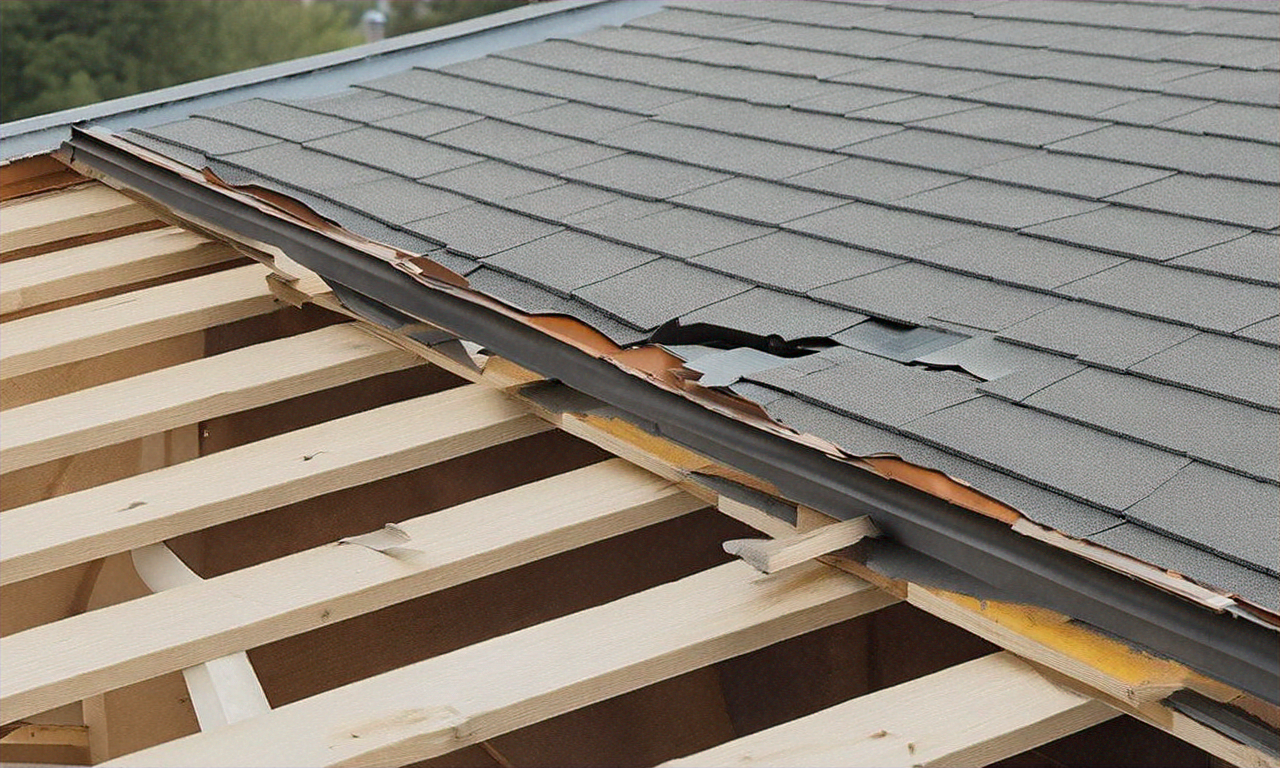Understanding Roofing Services: Costs, Types, and Timing
Your roof is one of the most critical components of your home, protecting you from the elements and contributing to your property's overall value. Whether you're dealing with a minor leak, planning a complete replacement, or simply maintaining your existing structure, understanding roofing services can help you make informed decisions. This guide explores when to hire professionals, the various roofing materials available, how services compare across the United States, and what you can expect to pay for quality roofing work.

Roofing services encompass a wide range of professional offerings designed to install, repair, maintain, and replace residential and commercial roofs. From emergency leak repairs to full-scale replacements, these services ensure your property remains safe, dry, and structurally sound. Understanding the landscape of roofing services helps homeowners navigate decisions about maintenance schedules, material selection, and budgeting for both routine care and major projects.
When to Hire Roofing Services?
Knowing when to call a roofing professional can save you from costly damage and extensive repairs. Immediate professional attention is necessary when you notice water stains on ceilings or walls, missing or damaged shingles, sagging roof sections, or granules accumulating in gutters. These signs often indicate underlying problems that worsen rapidly without intervention.
Routine inspections should occur at least twice yearly, typically in spring and fall, to catch minor issues before they escalate. After severe weather events such as hailstorms, high winds, or heavy snowfall, scheduling an inspection helps identify damage that may not be immediately visible from ground level. Additionally, if your roof is approaching 20 years of age, consulting with roofing professionals about replacement options becomes prudent, as most asphalt shingle roofs reach the end of their functional lifespan within this timeframe.
Different Types of Roofing
The roofing industry offers numerous material options, each with distinct characteristics, lifespans, and aesthetic qualities. Asphalt shingles remain the most popular choice in residential roofing due to their affordability, ease of installation, and variety of colors and styles. These typically last 15 to 30 years depending on quality and climate conditions.
Metal roofing has gained significant traction, offering durability of 40 to 70 years with minimal maintenance requirements. Available in standing seam, corrugated panels, and metal tiles, these roofs reflect solar heat and resist fire, rot, and insect damage. Clay and concrete tiles provide exceptional longevity, often lasting 50 to 100 years, while delivering distinctive architectural appeal particularly suited to Mediterranean, Spanish, and Southwestern styles.
Wood shakes and shingles offer natural beauty and insulation properties, though they require more maintenance and may face restrictions in fire-prone areas. Slate roofing represents the premium end of the market, with natural stone tiles lasting over 100 years and providing unmatched elegance. Synthetic roofing materials now mimic the appearance of slate, wood, and tile while offering improved durability and lighter weight. Flat or low-slope roofs typically use built-up roofing, modified bitumen, EPDM rubber, TPO, or PVC membranes, each suited to different commercial and residential applications.
Compare Roofing Services in USA
Roofing services across the United States vary significantly based on regional climate conditions, local building codes, material availability, and market competition. In hurricane-prone coastal regions like Florida and the Gulf Coast, roofing companies specialize in impact-resistant materials and installation techniques that meet stringent wind rating requirements. These areas often see higher demand for metal roofing and specialized underlayment systems.
The Northeast and Midwest markets focus heavily on ice dam prevention, proper ventilation, and materials that withstand freeze-thaw cycles. Roofing services in these regions emphasize proper attic insulation and ventilation alongside quality shingle installation. Western states, particularly in areas facing wildfire risks, have seen increased demand for fire-resistant roofing materials and companies certified in defensible space practices.
Southwestern markets favor tile and metal roofing that reflects heat and withstands intense UV exposure, while Pacific Northwest roofers specialize in moss-resistant treatments and materials suited to consistent moisture. National roofing chains offer standardized services and warranties across multiple states, while regional and local contractors often provide more personalized service and familiarity with specific local requirements.
| Provider Type | Services Offered | Coverage Area | Key Features |
|---|---|---|---|
| National Chains | Full installation, repair, maintenance | Multiple states | Standardized pricing, transferable warranties, financing options |
| Regional Contractors | Installation, repair, storm damage | Multi-state regions | Regional expertise, established reputation, competitive pricing |
| Local Roofers | Custom projects, repairs, maintenance | City or county level | Personalized service, quick response, local code knowledge |
| Specialty Contractors | Historic restoration, green roofing, commercial | Varies by specialty | Expert craftsmanship, specialized materials, niche expertise |
What Are the Possible Costs for Roofing Services?
Roofing costs vary widely based on material selection, roof size and complexity, regional labor rates, and project scope. For asphalt shingle replacement on an average 2,000 square foot home, homeowners typically invest between 5,000 and 12,000 dollars. This range accounts for standard three-tab shingles on the lower end and architectural or designer shingles at the higher end.
Metal roofing installations generally range from 10,000 to 25,000 dollars for similar-sized homes, with standing seam systems commanding premium prices. Tile roofing projects typically cost between 15,000 and 30,000 dollars, while slate installations can exceed 40,000 dollars due to material costs and specialized installation requirements. Flat roof replacements using modern membrane systems generally range from 6,000 to 15,000 dollars depending on the membrane type and roof accessibility.
Repair costs vary from 300 to 1,500 dollars for minor fixes like replacing damaged shingles or sealing small leaks, while more extensive repairs addressing structural issues or widespread damage can reach 3,000 to 7,000 dollars. Roof inspections typically cost between 150 and 400 dollars, though many contractors offer free inspections when considering larger projects. Emergency repairs often carry premium pricing, sometimes 50 to 100 percent above standard rates.
Prices, rates, or cost estimates mentioned in this article are based on the latest available information but may change over time. Independent research is advised before making financial decisions.
Choosing Quality Roofing Services
Selecting the right roofing contractor requires careful consideration beyond price alone. Verify that contractors hold proper licensing for your state and carry adequate liability insurance and workers compensation coverage. Request and check references from recent projects, and review online ratings while recognizing that a few negative reviews among many positive ones is normal.
Obtain detailed written estimates from at least three contractors, ensuring quotes include material specifications, labor costs, warranty information, project timeline, and payment schedules. Be wary of significantly low bids that may indicate substandard materials or corner-cutting installation practices. Quality contractors provide clear contracts, maintain open communication throughout projects, and stand behind their work with solid warranties covering both materials and workmanship.
Understanding roofing services, from timing and materials to costs and contractor selection, empowers homeowners to protect one of their most significant investments. Whether addressing immediate repairs or planning long-term replacements, informed decisions based on research and professional guidance ensure your roof continues protecting your home for decades to come.




